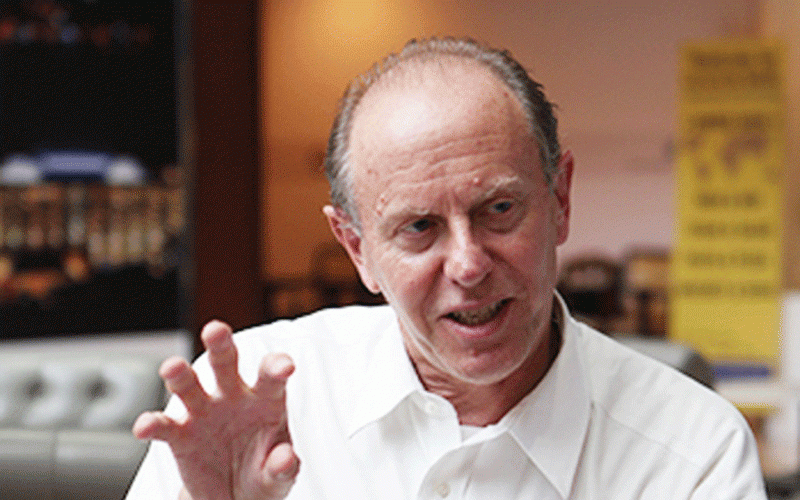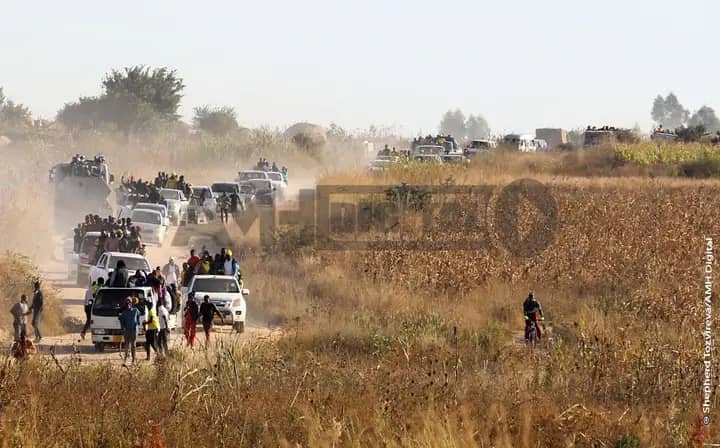
I spent part my of early years in the village with my grandparents. Post-supper moments were folklore and story time laden with life lessons. Some stories were entertaining while others were sad but after every session, my grandmother would ask what we had learnt or what could have been done better. It was a way of winding down the day.
Tapiwa Gomo
I am reminded of some of the stories by some of the events unfolding in our midst. One evening my grandmother shared a story of Charakupa, a young man who had witnessed the brutal arrival of foreign settlers.
He lost his father, some of his siblings and relatives during the invasion of their village by settlers.
He grew up an orphan and held a grudge against the settlers who had occupied their land and took over all their means of production before turning the villagers and their children into slaves.
He could not wait to grow up and so he could chase away the settlers.
When the right time arrived, he mobilised boys during cattle herding and they made weapons in the bush and came up with a strategy to wage a war against the settlers.
The strategy took into account several factors some of which included that the settlers had become too comfortable that they handed over the management of major utilities and productive sectors to the slaves, while they enjoy themselves.
- Chamisa under fire over US$120K donation
- Mavhunga puts DeMbare into Chibuku quarterfinals
- Pension funds bet on Cabora Bassa oilfields
- Councils defy govt fire tender directive
Keep Reading
Sabotaging water and power supply and disrupting transport and the telecommunications network were part of the strategy before launching the battle.
When all was in place, one weekend while the settlers were partying the battle was launched.
The settlers were overpowered.
In no time, they had been pushed out of the village living Charakupa and the youth to decide on the future leadership of the village.
Given the role he played in the downfall of the settlers, it was obvious that Charakupa was chosen to lead the village.
He loved power.
With the village having attained self-leadership, they continued running all productive sectors after appointing their own people into leadership positions.
It was after a while that they realised that they needed to open export markets and identify suppliers of new equipment to replace aging machinery.
It also started showing that their ability to manage the wealth of the village was limited and they needed to have done more homework soon after their victory.
With each season, the village cake became thinner causing chaos, hunger and destitution in the village.
Charakupa, instead of sitting down with villagers to find solutions, he opted for autocratic rule and blaming all the problems on the settlers and saboteurs.
He became unapproachable and feared. That was not all.
He started stealing what remained of villagers’ livestock, minerals and harvests to sell to the same settlers he chased away from his village.
During his reign, it was believed that he stole and exported much more than the settlers to the extent that the settlers wondered why they had to settle in the village if villagers were willing to surrender resources at very low prices.
As time went by, Charakupa became the richest person in the village, even richer than the entire village combined.
In the meantime, more and more people were dying of hunger, under his repressive leadership style.
Some of the villagers survived from donations from neighbouring villages which were unable to call Charakupa to order because he was being generous to them.
So, the villagers were on their own.
Just like Charakupa and the youth, another group of youth mobilised themselves as they herded cattle.
Using different styles, methods and tools, they mounted battle against Charakupa.
Despite attempts to resist, the battle marked Charakupa’s demise.
His military and security forces turned against him because they were hungry.
And again, the village celebrated victory. But there was a lingering question; who will take over leadership?
The village was divided between choosing those who led the downfall of Charakupa or an executive type of leadership capable of running the affairs of the village.
The supporters of the latter feared what had happened with Charakupa in power, while the former felt the leaders of the battle should be rewarded for delivering the village from oppression.
The debate raged on and for a while the village was without substantive leadership under an interim arrangement.
As the disagreements became protracted, the village decided to settle the dispute by splitting into two; one under the leader of the battle and another under an executive recruited from the diaspora.
And tranquil returned. Both sides of the village prospered differently and through different means.
The former became thugs and stole from neighbouring villages, while the latter industrialised.
The story ended but there were plenty of lessons.
No matter how tough the situation is, people must take the risk to tackle the problem.
Problems do not go away on their own. Some challenges are not as tough as they look.
Another lesson was that leading battles is not the same as leading villages and that leadership should not be given as a reward but based on merit.
Similarly battle strategies and governance strategies are not the same.
Taking over leadership requires strategy not just popularity. There are more lesson to learn.










